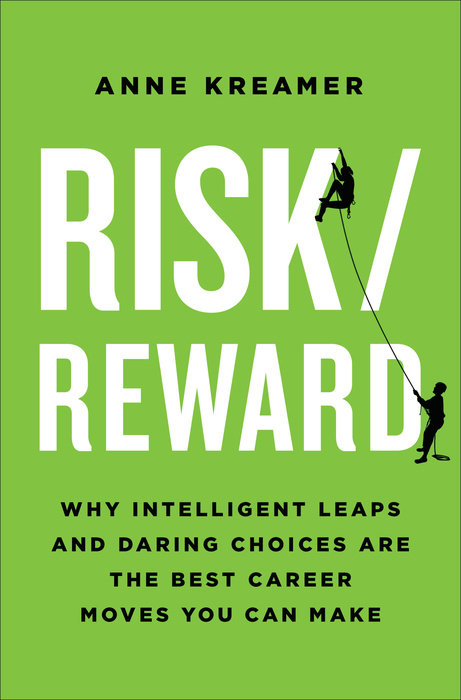
Most of us, optimistic or oblivious or both, launch into our working lives inadequately imagining the twists and turns we’ll encounter along the way. Plan B used to be something a rare few embraced at mid-career or, more often, in retirement. Once he finished school in the 1950s, my father worked at one job at one firm for the rest of his life, like so many other men of his generation. That’s the way we learned to think about careers in the 20th century.
But things have changed, at first slowly and then radically, and most of us have not adapted to the new normal. According to an ongoing longitudinal study by the Bureau of Labor Statistics of 10,000 younger American baby boomers, people now in their 50s have on average held a half dozen jobs apiece since they were 25. For Gen-Xers and Milennials, the average is surely higher and rising. Given that one out of six manufacturing jobs and one of out of twelve sales and administrative jobs were eliminated in just a couple of years of the Great Recession, having a single, worst-case, Hail Mary Plan B is no longer enough. As all of us are thrown into a state of insecurity and chronic anxiety as jobs and whole industries are being eliminated and created at an astonishing and accelerating rate, we need to continually and permanently learn to tee up multiple Plan C’s again and again and again throughout the course of our working lives.
In the course of three national surveys I conducted with the global advertising agency JWT Thompson for my new book, I discovered that more than half of Americans, from all levels of the workforce, are thinking of changing not only their jobs but their careers. But of those who want to change, roughly 50%, have no clue how to start figuring out the next chapter. When the times are so intensely and perhaps permanently uncertain it feels safer to hold onto a job that’s only okay or even worse. But if you were to ask a veteran of the 90s recording or automobile or newspaper industries, for instance, if they wish they’d taken exploratory steps ahead of their pink slips, wouldn’t their answers would be yes?
In this new 21st century world, people have to develop a “risk practice” to become or stay professionally content and successful — meaning not 24/7 OMG anxiety and dithering, but calmly and perpetually considering and taking small and large career risks. These days, simply keeping your head down and hoping only to avoid risk is the riskiest strategy of all.
Anne Kreamer is the author of It’s Always Personal: Navigating Emotion in the New Workplace, Going Gray: What I Learned About Beauty, Sex, Work, Motherhood, Authenticity, and Everything Else That Really Matters and the new book, Risk/Reward: Why Intelligent Leaps and Daring Choices Are the Best Career Moves You Can Make. She graduated from Harvard College and lives in Brooklyn with her husband, the writer Kurt Andersen.
More Must-Reads from TIME
- Cybersecurity Experts Are Sounding the Alarm on DOGE
- Meet the 2025 Women of the Year
- The Harsh Truth About Disability Inclusion
- Why Do More Young Adults Have Cancer?
- Colman Domingo Leads With Radical Love
- How to Get Better at Doing Things Alone
- Michelle Zauner Stares Down the Darkness
Contact us at letters@time.com